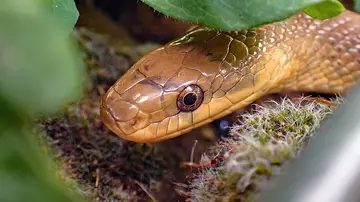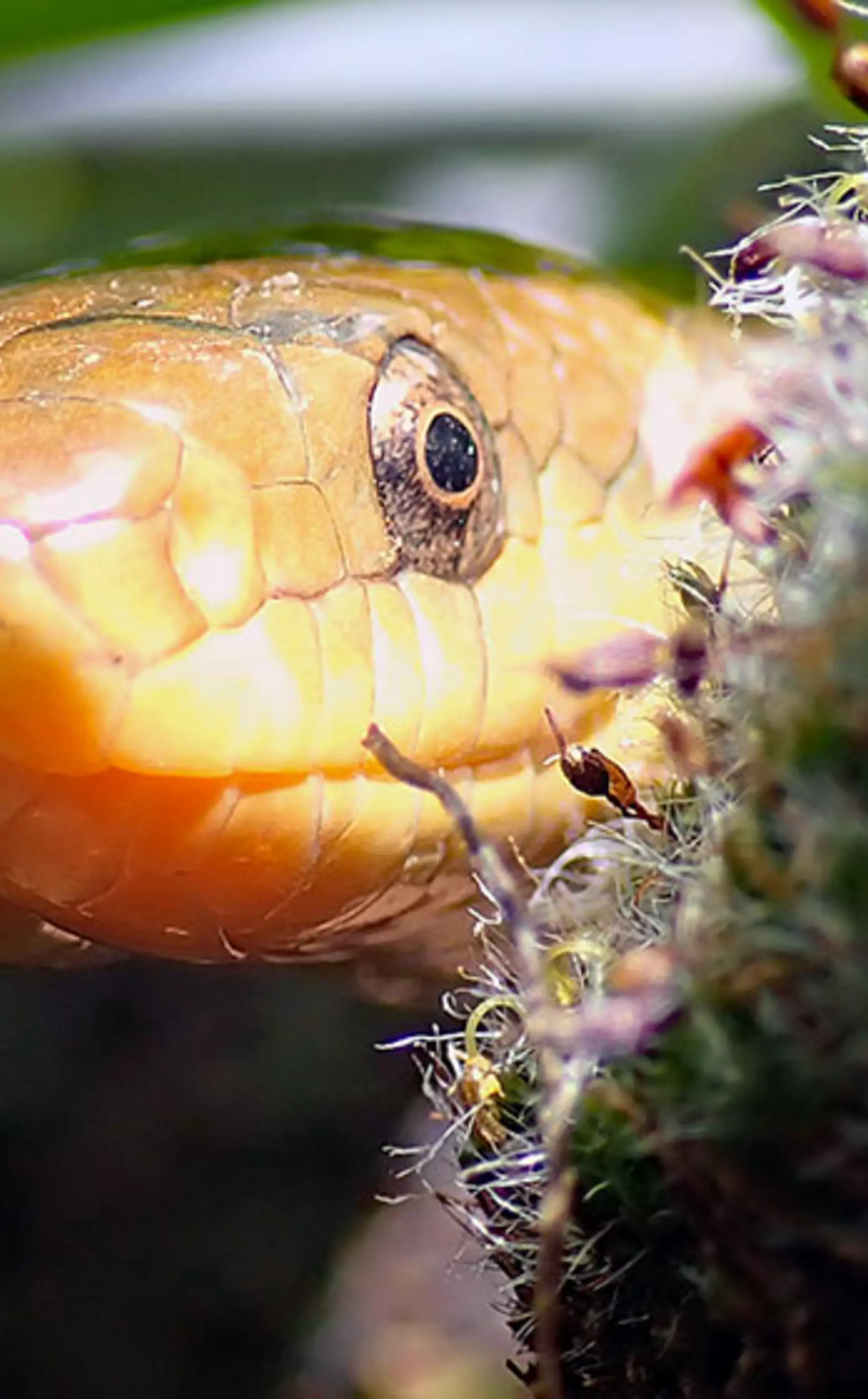
What snakes live around Regent's Park?
London Zoo and Regent’s canal are home to a population of non-native Aesculapian snakes (Zamenis longissimus), one of Europe’s largest snake species which is native to central, southern and eastern Europe as well as parts of western Asia. These snakes have a long connection with humans, they were used in healing rituals in ancient Greece. As a result, they have a strong emblematic status, the Aesculapian staff depicting an Aesculapian snake is still used today as a symbol of healing and medicine.
London Zoo and Regent’s canal are not the only places where these snakes have established themselves in the UK, there is another population in Colwyn Bay in Wales.
Where did the London snakes come from?
Contrary to belief, the population in London Zoo and Regent’s canal did not come from anywhere within the Zoo; this particular population became established when an organisation working to study these snakes kept them in a local facility many years ago. The snakes either escaped from this facility or were released from it.
Are Aesculapian snakes dangerous?
In recent years there have been several sensationalised media stories with headlines indicating that these snakes are capable of killing cats, dogs or even children. The reality is that these snakes are not dangerous, they are non-venomous and excellent climbers. They feed on birds, small mammals and reptiles which they hunt and constrict. Aesculapian snakes can grow up to about 2 m in length and are brownish, olive or grey in colour whereas juveniles have dark markings on their head and a creamy collar. Aesculapian snakes become more active in warmer weather and mating snakes perform courtship dances which are mesmerising to watch. They are egg laying, and females lay about 5-11 eggs in a clutch.

We are currently supporting a project monitoring the population of Aesculapian snakes living along the Regent’s canal, next to London Zoo with the ultimate goal of understanding where these snakes are and how many there are.
The team undertaking this work are licensed by Natural England to carry out the monitoring, and we have enabled them access to London Zoo for it.
We urge anyone who sees an Aesculapian snake to not touch the snake or attempt to pick one up.
We record all sightings on a wildlife database, to monitor the population. We ask our visitors to inform a member of staff if they are lucky enough to spot one during their visit so we can record the sighting on our wildlife database.
Learn more about our conservation work with a visit to our brand new exhibit.
Visit The Secret Life of Reptiles and Amphibians
